By: Seram Neken

During the pre-independence period in Manipur history, a number of educated and conscious individuals of the erstwhile kingdom came out strongly against the autocratic and atrocious rule of the King under the British hegemony. In the prevailing situation, they opted to embrace the democratic framework of governance in line with Mahatma Gandhi’s vision of self-rule. In course of time, British left Manipur on 14th August 1947 handing over the administration to the then king of Manipur, Maharaj Bodhachandra.
Manipur was well ahead of India in having a constitution of its own and in electing its own democratic legislative assembly. Manipuris are still proud of the status they had vis-à-vis India. However, on 21st September 1949, Manipur King was forced to sign the agreement which led to merger of the independent country into Indian union.
From October 15 of the same year, Manipur became a part of India. The so-called few elite sections of people who had earlier wished for having a prosperous and meaningful democratic politics under the Indian union became frustrated in a few years after merger with India, as their hopes were dashed due to non-establishment of responsible government in Manipur. Just like the autocracy the Manipuris had experienced before independence, the people again witnessed the atrocious rule of chief commissioner under India government. Within a decade or so, seeds for revolutionary ideas to demand self-determination began to sow on Manipur soil.
“Manipur “Annexed” by New Delhi, Maharaja signs Agreement at Shillong” – was the headline of the Shillong Times edition of September 27, 1949. The report said “Manipur has been annexed by the Centre and the administration is expected to be formally taken over in course of next month. His Highness Shri Bodhachandra Singh, the Maharaja of Manipur returned back to the state capital yesterday escorted by an Assam government plane with armed guard, from his 10-day stay in Shillong where after protracted negotiations between His Highness and His Excellency the Governor of Assam, the former signed the Agreement. The Maharaja’s Privy is likely to be fixed at three lakhs of rupees, it is further learnt………”
The report was filed by the then Imphal Correspondent RK Maipaksana. The word “Annexed” written in the headline of the report clearly indicated that the merger was not done amicably.
Most Manipuris viewed it as ‘Annexation’, while the then India Government termed it as ‘Merger’. It was a historical reality, which we all could not avoid. Nevertheless, Manipur is now a part of India. We need to strengthen ourselves under the Constitution of India. The only thing we should always remember is that Manipur was an independent entity before its merger into India on this day seventy three years ago.
Under orders of Maharaja Bodhachandra, a 16-member Constitution Making Committee of independent Manipur was constituted on 10th March, 1947. From 27th July of the year, the Manipur Constitution Act, 1947 was enforced in Manipur. In July 1948, the 53-member legislative body of Manipur was elected under universal adult franchise. The democratically elected General Assembly of Manipur began its service on 18th October, 1948.
Just a year later on 18th September 1949, the Maharaja of Manipur was summoned to Shillong and the Manipur Merger Agreement was signed on 21st September, 1949. The special session of the democratically elected Legislative Assembly of Independent Manipur held on 28th September 1949 at Johnston High School, Imphal rejected the Agreement on the ground that Manipur Maharaja at that time had no power to sign the Agreement.
Thereafter, on 15th October 1949, the then India government began enforcing the Manipur Merger Agreement. Manipur has witnessed lots of changes in its socio-political scenario since the time of its merger into Indian union. From a part-C state of India, Manipur had become a centrally administered area and later a Union territory, before attaining statehood in 1972. Meanwhile, in 1971 the Privy Purse was abolished with the intention of eradicating the kingship. These were the sequences of the historic pre and post merger/annexation of Manipur.
The historical reality is that Manipur had its own constitution before India adopted the present constitution. Manipur established a democratic form of Government before India became a democratic republic in 1950. No Manipuri participated in the Constituent Assembly of India formed in 1946. Enforcement of Indian Constitution in Manipur was forcibly done, without any referendum of the Manipuris, after the so-called Merger which was undemocratic in nature and spirit.
These historical mistakes on the part of India government have been the source of all conflicts in Manipur for the last seven decades. Even though India cannot correct the past blunders by restoring Manipur’s independence, it can well take up corrective steps by ensuring unity and prosperity of Manipur only with a few constitutional amendments.
Restoration of age-old intimacy among the various communities of Manipur lies in extending the Manipur Land Revenue and Land Reforms Act. to the whole state of Manipur, and in declaring the whole state of Manipur as a Hill State. Article 371(C) of the constitution, providing space for division among communities, must be repealed to bring uniformity among Manipuris. The Constitution may be amended so that its article no. 3 regarding alteration of state boundaries does not apply to Manipur. Recognition of the Meiteis as Scheduled Tribes is required in order to restore equality of social status among various communities in Manipur. These are some of the possible steps India needs to take up in favour of Manipur, as a corrective measure of the mistakes inherent in the forced merger of Manipur.
Primary requirements in building a strong nation, whether it is under Indian constitution or out of it, are clean and committed leadership, physical and mental integrity among communities, and work culture among the people. History is testimony to the fact that Manipur had lost its independence on many occasions mainly due to lack of unity in the royal family. It is time to look forward to making a strong Manipur by sacrificing our personal self, and ensuring that history does not repeat again.
On this day, 15th October 2023, let us remember our glorious past – a self-sufficient economy, a politically independent entity, inherent emotional unity among communities and its patriotic peoples. Even though we cannot undo the merger episode, we can rebuild a strong Manipur by effecting certain legislations within the purview of Indian Constitution. Review of Manipur Land Revenue & Land Reforms Act, Article 371(C) and Article 3 of Indian Constitution, and grant of ST status to the diminishing Meitei community can be a way out to neutralise the blunders committed by India on Manipur in the name of merger.
(The writer is Senior Columnist. He is available at nekenseram@gmail.com)

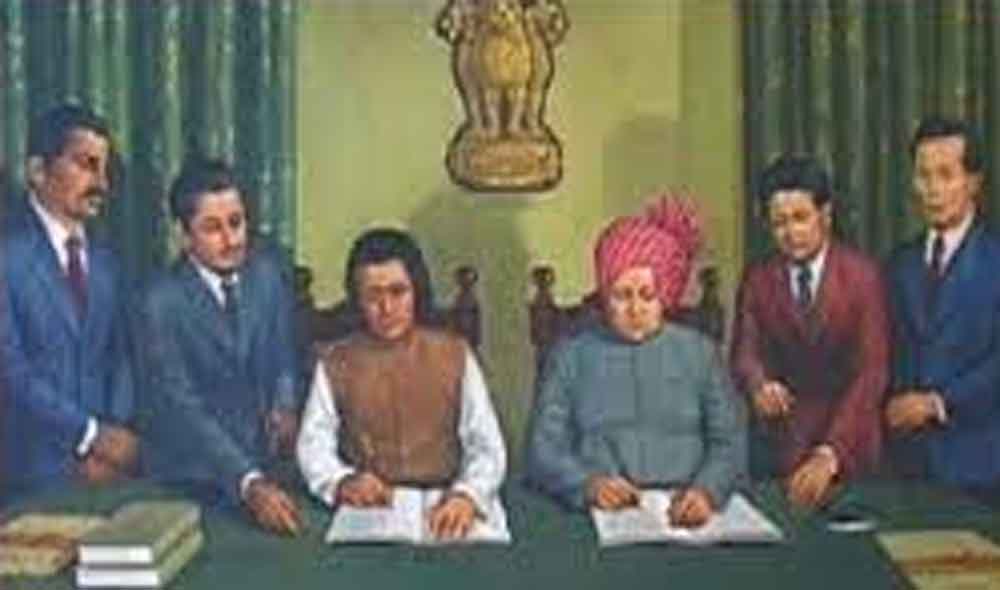


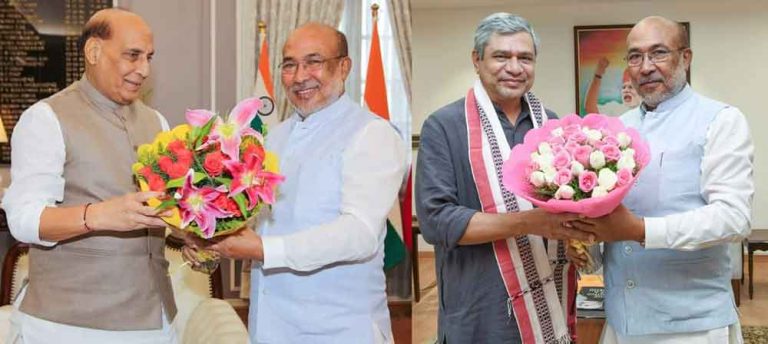
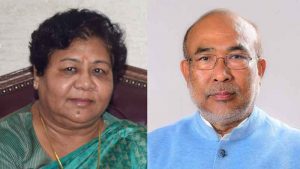

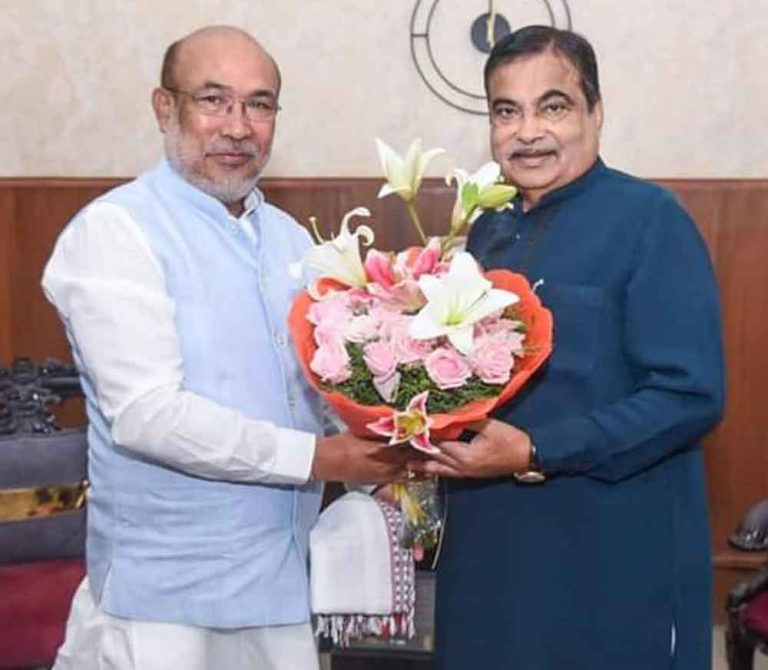
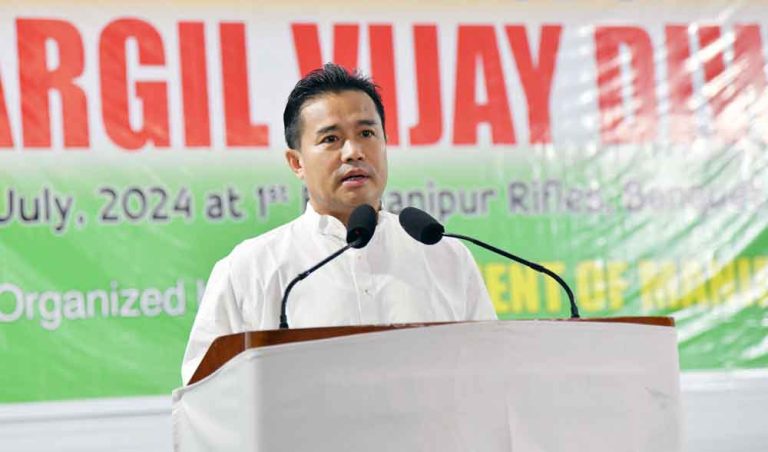

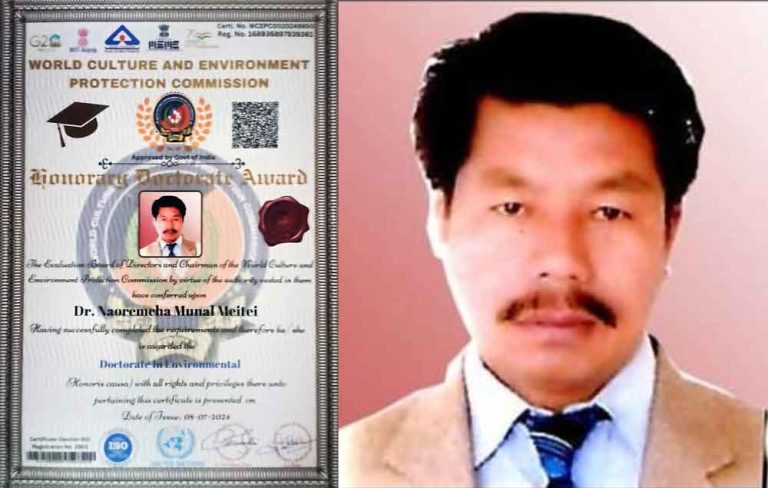

+ There are no comments
Add yours